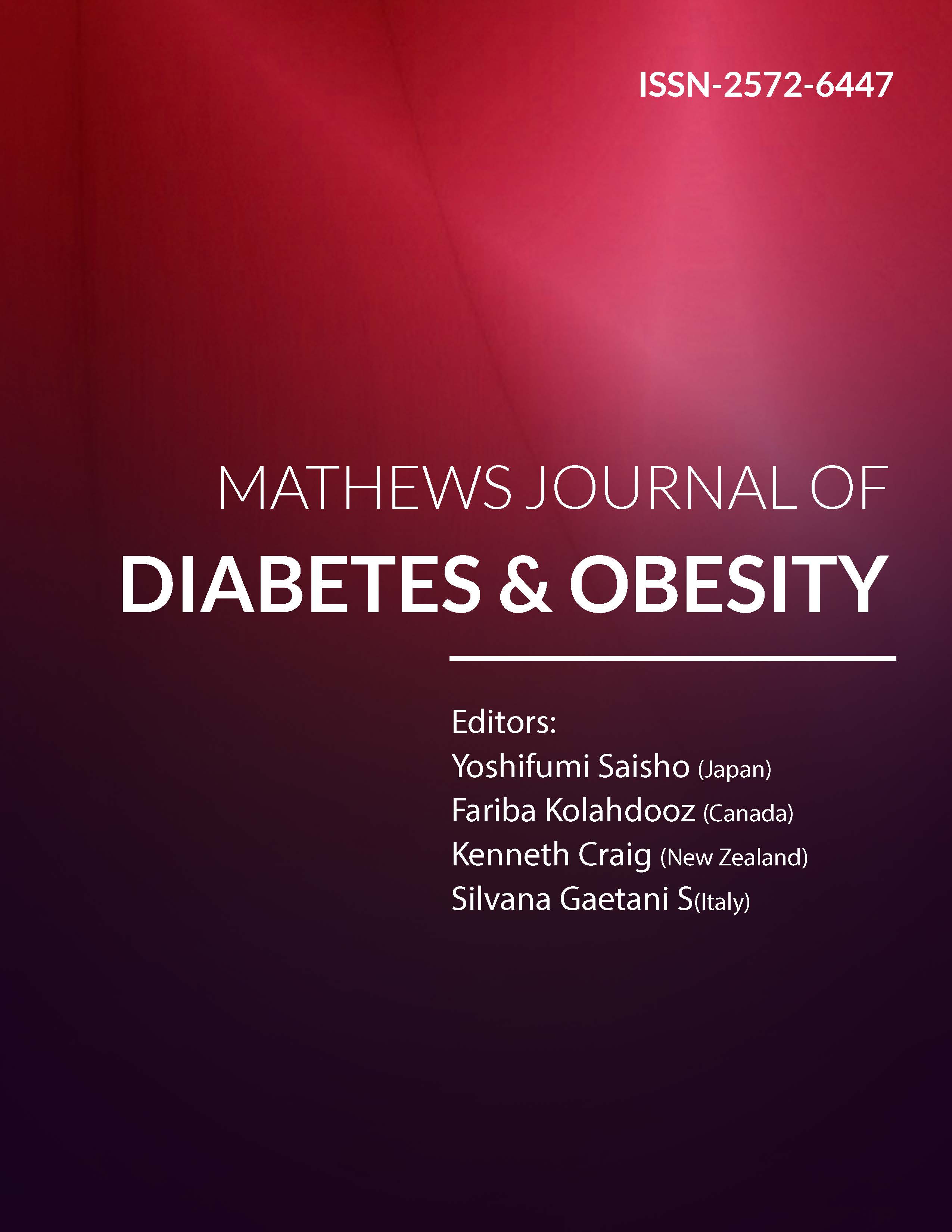
Information Links
Previous Issues Volume 1, Issue 1 - 2016
Gum Arabic Down-Regulate Cholesterol Biosynthesis Enzyme Gene mRNA Expression in Mice Muscle
Abdelkareem A. Ahmed1, Jaafar S. Fedail2, Hassan H. Musa3, Amal Z. Sifaldin4, Taha H. Musa5
1Department of Physiology and Biochemistry, Faculty of Veterinary Science, University of Nyala, Sudan.
2Department of Biology, Faculty of Education, University of Nyala, Sudan.
3Department of Medical Microbiology, Faculty of Medical Laboratory Sciences, University of Khartoum, Sudan.
4Department of Molecular genetics, Institute of Molecular Biology, University of Nyala, Nyala, Sudan.
5Key Laboratory of Environmental Medicine, Ministry of Education, School of Public Health, Southeast University, Nanjing 210009, Jiangsu, China.
Corresponding Author: Abdelkareem Abdallah Ahmed, Department of Physiology and Biochemistry, Faculty of Veterinary Science University of Nyala Nyala, P.O Box: 155 Nyala, Sudan, Tel:+249711833123; E-Mail: [email protected]
Received Date: 17 Jun 2016
Accepted Date: 05 Dec 2016
Published Date: 08 Dec 2016
Copyright © 2016 Ahmed AA
Citation: Ahmed AA, Fedail JS, Musa HH, Sifaldin AZ, et al. (2016). Gum Arabic Down-Regulate Cholesterol Biosynthesis Enzyme Gene Mrna Expression in Mice Muscle. Mathews J Diabetes Obes. 1(1): 003.
ABSTRACT
Gum Arabic (GA) is a complex polysaccharide used in the food manufacturing as a thickener and stabilizer. Our previous studies show that GA decreased body weight, visceral adipose tissue and plasma cholesterol level in mice. In addition, GA down regulated peroxisome proliferator-activated receptor gamma and stearoyl-CoA desaturase mRNA expression in mice liver. In the present study, we aimed to reveal the effect of GA on lipid biosynthesis gene mRNA expression in mice. 20 female CD-1 mice at 5 weeks age were divided into two groups, one served as control and the second received 10% of GA in drinking water for 6 weeks. Plasma glucose, total cholesterol, triglyceride, HDL-c and LDL-c were measured. Cholesterol biosynthesis gene mRNA expression of including down-regulated steroid 17-alpha-monooxygenase (CYP17) and 3-hydroxy-3-methyl-glutaryl-coenzyme A reductase (HMGR) were measured by Q-PCR. Moreover, glucose 6-phosphatase and fatty acid synthase mRNA was measured. GA significantly (P < 0.05) reduced plasma glucose total cholesterol, HDL-c and LDL-c but not triglyceride when compared to the control group. GA significantly (P< 0.05) down regulated CYP17 and HMGR mRNA expression in mice muscle when compared to the control group. Yet, GA did not affect G6P and FAS mRNA expression. Our data indicate that GA may be of useful in control of obesity.
KEYWORDS
Gum Arabic; Cholesterol Biosynthesis Gene; Mice.